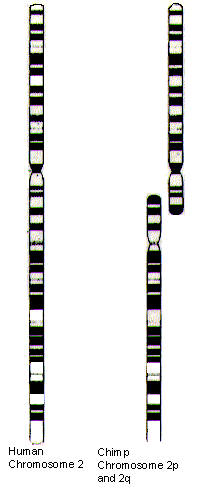Much too limited in concept. Expand your horizon. The transport of electro-chemical information happens throughout the entire neural network in the body. That is all part of the Neural Network. Electro-chemical activity is being recorded and physically experienced by the entire physical organism. Yes, physical electro-chemical information distribution and reactions happen throughout the entire neural network and cytoskeleton of the organism The Brain collects all the experiential activity within the body and compares it with memory and selects if the information gets distributed to the level II part of the brain which "controls" sub-conscious homeostasis, or to the experiential comparative level III part (memory) of the brain which consciously decides on a "fight or flight" response, depending on the nature of the information.
A comparative electro-chemical response which is experienced and weighed by the entire organism's neural network and brain.
This is a pocket version of analyzing "
hard facts" of what is occurring throughout the microtubule processing network inside the body while "processing external and internal information", instead of asking "
what is that something" that is doing the processing.
We know what is doing the processing and allowing for memory storage.
Microtubules are a "common denominator"of all Eukaryotic living organisms and it is a known "hard fact" that they are responsible for the transport and distribution of electro-chemical information that keeps the organism alive.
We know what and where the processing happens. When adding all the macro-quantum events throughout the body an experience greater than the sum of its individual parts emerges and is experienced as "consciousness".
Migrating birds are able to navigate by following magnetic fields while also observing natural terrain, a very sophisticated combination necessary for navigating extremely long distances.
I have cited examples of Octopuses who have 8 relatively independently acting brains in their arms, as well as a central control brain. This creature is very "conscious" of it's surroundings and is capable of solving complex problems including possessing the ability of physical "shape shifting" to blend in with its surroundings!
At the other end of the spectrum is the Venus Flytrap, a stationary predatory plant which responds when pray triggers specific "sensory" cilia (MT), causing an electro-chemical response of hydraulically closing the leaves, trapping the prey and stimulating the production of digestive enzymes.
A slime mold is able to solve a maze by laying down chemical "do not enter" signs, to avoid duplicate exploration of closed paths.
IMO all these
pro-active and reactive behaviors add up to degrees of experiential consciousness in the organism allowing for relatively specialized intelligent survival behaviors.
What sets the human brain apart is an accidental
beneficial mutation in the human DNA, which created an enormous leap in information processing abilities and caused the split of humans from our ancestral hominids.
Human Chromosome 2 is a fusion of two ancestral chromosomes, Alec MacAndrew
Introduction
..........more
Conclusion
http://www.evolutionpages.com/chromosome_2.htm
Note that only humans possess 23 chromosomes as compared to 24 in all other hominids.
Clearly, this has to be the evolutionary jump where humans split from the original hominid family.
These are hard facts. Lets begin with examining the actual results of these known properties which all seem to have contributed to the extraordinary development of conscious intelligence in humans as well as in many other high functioning living organisms.






